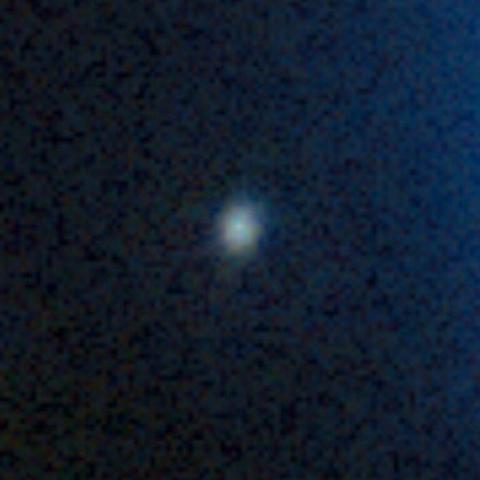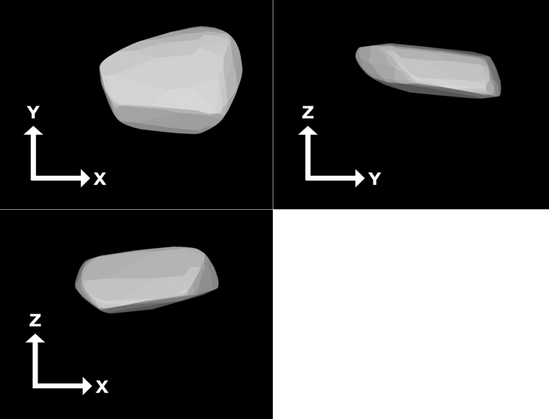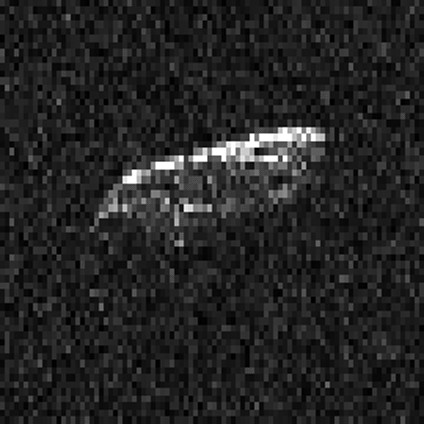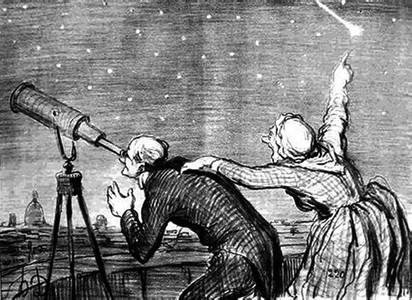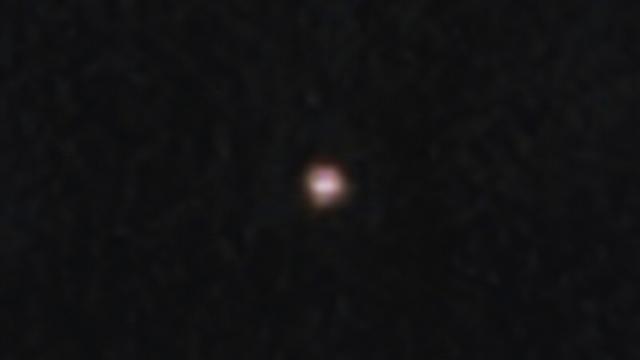NASA doubles odds of Moon hitting Near-Earth Asteroid [2024 YR4].
"Experts at NASA’s Center for Near Earth Object Studies at the agency’s Jet Propulsion Laboratory have updated [2024 YR4]’s chance of impacting the Moon on December 22, 2032 from 1.7 to 3.8 percent," the agency said.


